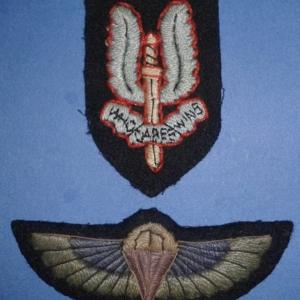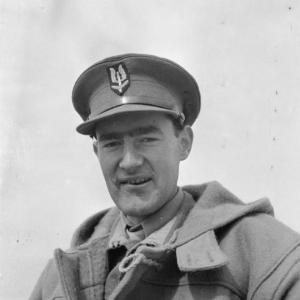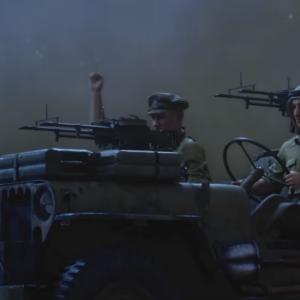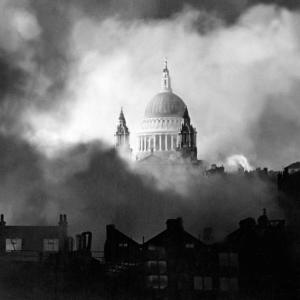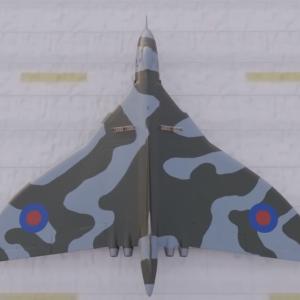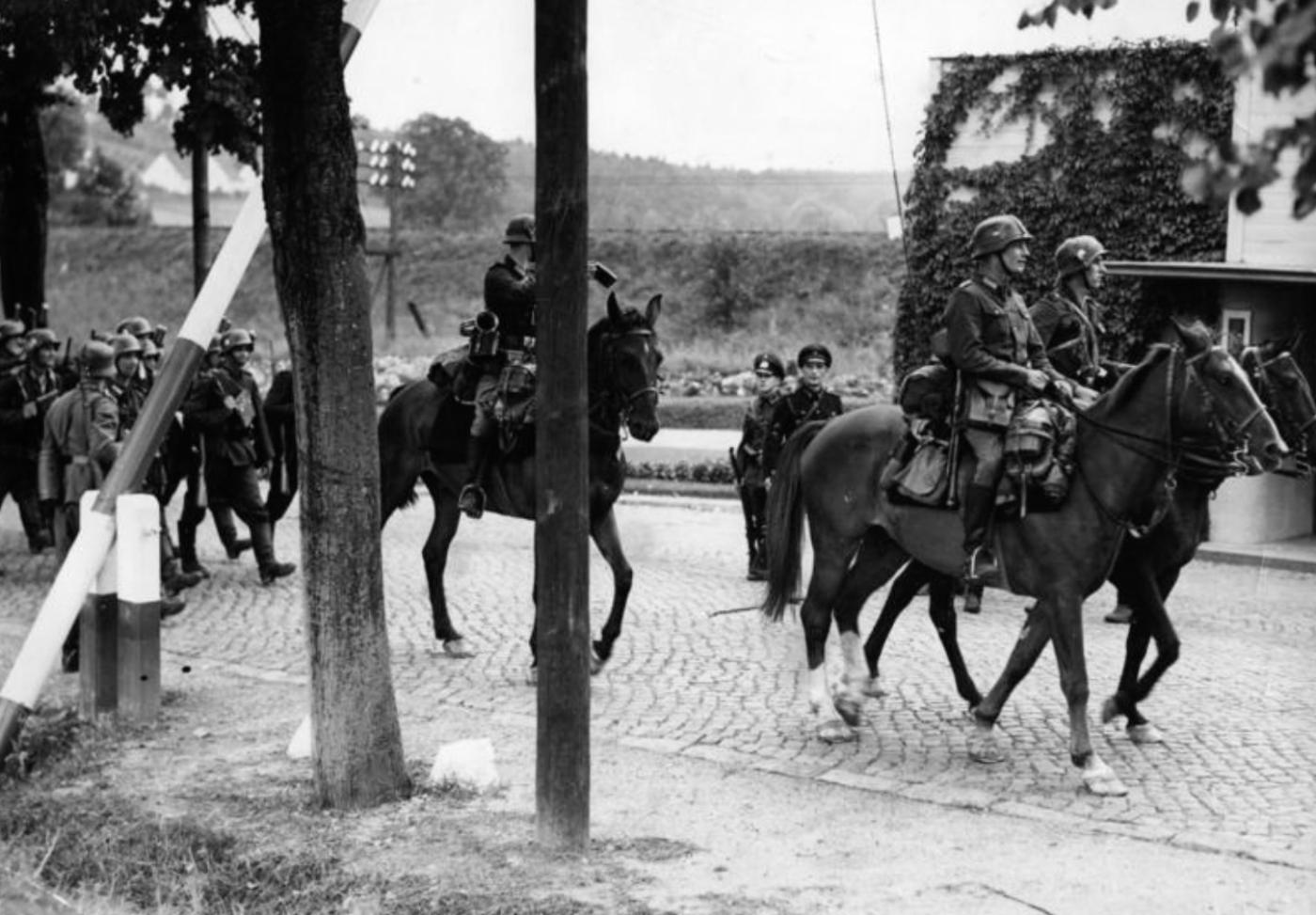
Horses used in wars
Horses have been an integral part of military operations for centuries, and their role continued to be significant even in the early 20th century, despite the rise of mechanized warfare. The use of horses in both World War I and World War II was extensive, and they performed a variety of roles that were crucial to military efforts, even as motorized transport began to gain prominence. While horses were primarily used for logistical tasks, they also played important roles in combat, reconnaissance, and cavalry charges.
In World War I, the nature of combat was a war of attrition, with trench warfare and stalemates being common in many parts of the front lines. While the cavalry charge became less effective with the advent of machine guns and barbed wire, horses were still vital for mobility, transportation, and logistical support. The British Army, for example, employed over one million horses during the war. Germany, Russia, and France also relied heavily on horses for various military functions. It is estimated that over eight million horses were used across all the combatant nations during World War I, many of them in non-combat roles, such as transporting supplies and artillery.
In the early days of World War I, horses were used by all sides to carry heavy artillery, troops, and supplies across difficult and often destroyed terrain. The importance of horses in moving artillery and supplies became even more apparent as the war progressed. Roads were frequently bombed out or impassable due to the constant bombardment, and motorized vehicles were limited, particularly in more remote areas. Horses were critical in providing the mobility that armies needed to continue their operations. The use of horses was not limited to the Western Front, as they were also heavily employed on the Eastern Front, in the deserts of the Middle East, and on the expansive Russian steppes.
The mortality rate of horses in World War I was staggeringly high. It is estimated that over eight million horses died during the war, with the majority of casualties being the result of disease, malnutrition, exhaustion, and injuries sustained on the battlefield. Horses in the artillery units, for example, were often required to pull heavy guns across rough terrain under heavy fire, leading to high rates of exhaustion and injury. In addition to direct combat-related casualties, many horses succumbed to diseases such as equine influenza, which spread rapidly in the crowded and unsanitary conditions behind the front lines. Glanders, a contagious bacterial disease, also decimated horse populations in some areas.
The British Army alone lost over 500,000 horses during World War I. The German Army also suffered substantial losses, with an estimated 1.2 million horses lost over the course of the war. The Russian Army faced similarly high losses, with an estimated two million horses lost during the conflict. These losses were felt not only in terms of the immediate impact on military operations but also in the long-term disruption to civilian economies, as many of the horses used in the war were requisitioned from farms and rural areas.
Despite the heavy losses, horses were still a central component of military operations throughout World War I. Cavalry units, although no longer used for direct combat, were employed for reconnaissance, as well as for providing security and delivering messages between front-line units. While the role of cavalry as a combat force was diminishing due to the increased use of machine guns, tanks, and aircraft, cavalry units were still useful in areas where motorized transport was not viable, such as in the Middle East and in Eastern Europe.
World War II represented a significant shift in warfare, with mechanization and motorized vehicles taking center stage. However, horses continued to play a crucial role, especially in regions where mechanized transport was either unavailable or impractical. In the Soviet Union, for example, horses were used extensively in logistical support and for moving supplies and artillery, particularly in the early stages of the war. The Red Army relied on horses to haul heavy equipment and to move troops across the vast, often impassable terrain of the Soviet Union. The Soviet military used horses in some of the harshest conditions imaginable, with many horses perishing due to the extreme cold, starvation, and the overwhelming physical demands placed on them.
It is estimated that around 3 million horses were used by the Soviet Union during World War II. The German Wehrmacht also employed a large number of horses, particularly during the early years of the war, when they were still vital for transporting supplies, artillery, and troops. At the height of the conflict, the German Army had approximately 1.5 million horses in use. As the war progressed and fuel shortages became more widespread, the demand for horses grew, and their role in logistical operations became even more pronounced.
In addition to the Soviet Union and Germany, other countries such as Italy, France, and the United Kingdom also relied on horses during World War II. The British Army, for example, used horses to transport artillery, haul supplies, and provide mobility in areas where trucks and tanks could not operate. In North Africa and the Balkans, where roads were either destroyed or difficult to navigate, horses provided a crucial means of moving troops and supplies. Similarly, horses played an important role in the African and Middle Eastern campaigns, where they were used for reconnaissance and transport across vast desert landscapes.
The role of horses during World War II was similar to that of World War I in many respects, but there were notable differences. While the cavalry charge was no longer a viable tactic, horses continued to be used in logistical roles. They were also employed to pull heavy artillery pieces, often under difficult and dangerous conditions. In addition to logistical tasks, horses were used for reconnaissance and to patrol frontlines, especially in regions where motorized vehicles were not available or where roads had been rendered unusable by bombing and shelling.
The death toll for horses during World War II was also staggering. The Soviet Union, which used horses extensively throughout the war, lost an estimated 2.5 million horses. The primary causes of death were disease, starvation, and the brutal conditions of the Eastern Front, where horses were exposed to extreme cold, inadequate food, and constant bombardment. In the German Army, hundreds of thousands of horses were lost during the war, particularly in the later stages when fuel shortages forced an increased reliance on horses for transport.
Horses in World War II were often subjected to the same hardships as soldiers, enduring long hours of physical labor without proper food or medical care. Many horses were used to haul heavy loads under fire, and those that survived often did so in conditions of extreme exhaustion. The lack of veterinary care in many areas contributed to the high mortality rate, as injuries and diseases that would have been treatable in more stable conditions became fatal.
The German Army’s reliance on horses continued throughout much of the war, particularly in areas such as the Soviet Union, where the lack of infrastructure made mechanized transport difficult. Horses were used to pull artillery, move supplies, and transport soldiers across vast distances. The Wehrmacht used horses to haul the heaviest artillery pieces, and they were also used to transport wounded soldiers and to deliver supplies to remote and isolated units. As the war progressed, the use of horses in Germany became more widespread, as fuel shortages hindered the use of trucks and tanks.
In addition to the Soviet Union and Germany, other nations also relied on horses during World War II. The United Kingdom, while using trucks and tanks in greater numbers, still employed horses for certain logistical tasks. The British Army used horses to transport supplies, pull heavy guns, and move troops. In North Africa, where the desert environment made motorized transport difficult, horses were vital for the movement of men and materials.
France, too, used horses during the war, particularly in rural areas and regions where mechanized transport was not feasible. Horses were used to transport food, medical supplies, and ammunition, and were often called upon to pull artillery pieces and supply wagons.
Other countries, including Italy, Japan, and Poland, also used horses for logistical support during the war. In some cases, horses were used to transport artillery, supplies, and troops across difficult terrain or where mechanized vehicles could not operate.
The contribution of horses during World War II was indispensable. Even as tanks and aircraft became the dominant forces in warfare, horses continued to serve in vital logistical roles. They provided mobility and support where motorized vehicles could not reach, and they helped transport supplies and equipment to areas where roads were impassable.
By the end of World War II, the widespread use of mechanized vehicles such as tanks, trucks, and planes meant that the role of horses in military operations diminished significantly. However, horses did not disappear completely. In some countries, such as the United Kingdom, ceremonial cavalry units continued to operate. In Canada, the Royal Canadian Mounted Police maintained its use of horses for law enforcement and ceremonial purposes, though horses were no longer used in combat.
The legacy of the horses that served in World War I and World War II is one of sacrifice and resilience. The millions of horses that died during these wars were often subjected to the same hardships as the soldiers who served alongside them, enduring exhaustion, malnutrition, and injury. Their contribution to the war effort remains a testament to their importance in times of conflict and the indomitable spirit of the animals that helped carry the weight of war.
Their memory is preserved in memorials such as the War Horse Memorial in the United Kingdom, which commemorates the horses that served and died during World War I, and the Canadian Cavalry Memorial. These memorials remind us of the significant role that horses played in the history of warfare, both as essential tools of battle and as sentient beings that endured unimaginable hardships.

